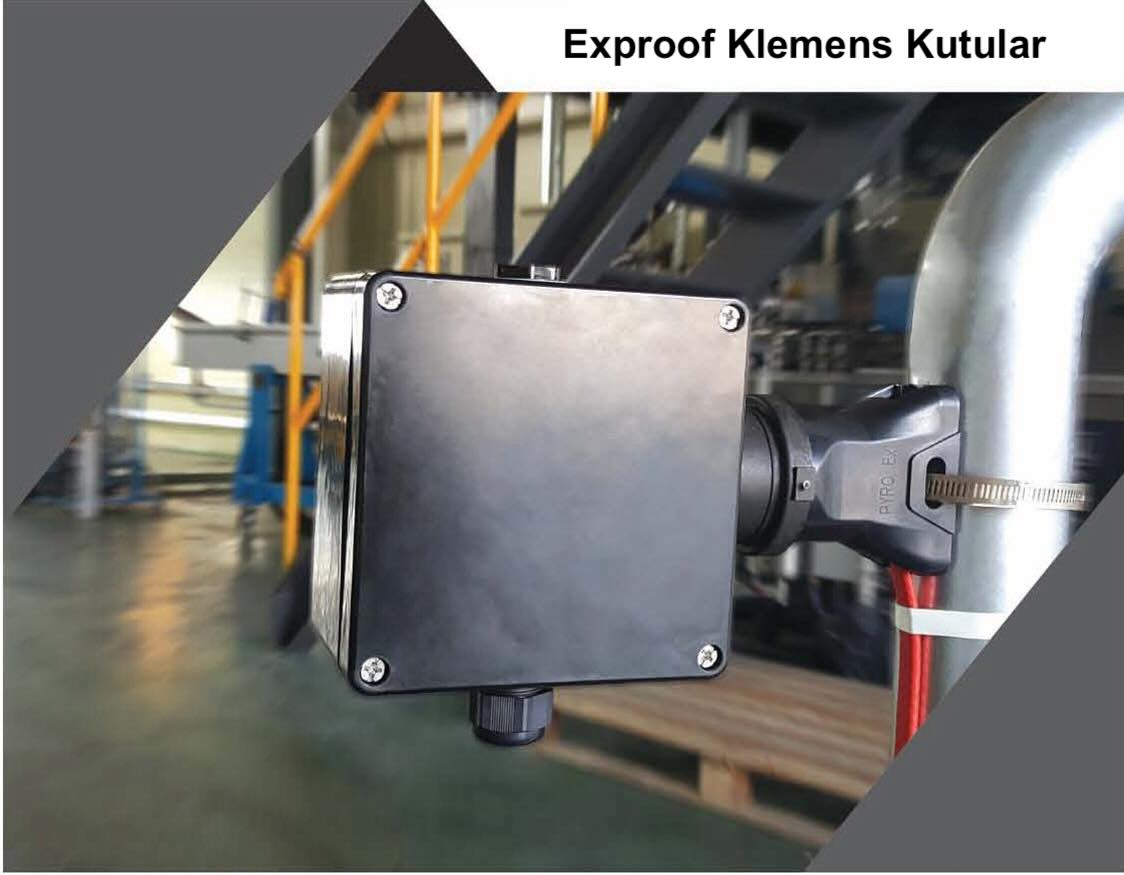Floor heating, also known as underfloor heating, is a method used to heat indoor spaces by installing heating systems under the floor of buildings. These systems usually operate with either water or electricity. In water-based systems, hot water is circulated from a boiler or heater through pipes laid beneath the floor. In electric systems, electrical energy is directly transferred to heating elements located under the floor. Floor heating provides a more uniform heat distribution compared to traditional heating methods like radiators or air conditioning and also saves space as it eliminates the need for wall or ceiling-mounted heaters.

Floor heating systems offer various advantages. Firstly, because the heated surface area is spread across a large part of the floor, it provides a more uniform heat distribution throughout the environment. This results in a more comfortable heating experience and ensures a balanced temperature across different areas. Additionally, floor heating systems are not visible like traditional radiators or heaters, which allows for greater flexibility in interior design.
What is Floor Heating?
Floor heating involves heating indoor spaces through special heating cables or pipes laid under the floor of a building. These systems typically operate with either water or electricity. In water-based systems, hot water circulated from a boiler or heater is distributed through pipes under the floor. In electric systems, electrical energy is transferred directly to heating cables under the floor. Floor heating offers more uniform heat distribution compared to other traditional heating methods such as radiators or air conditioning, and also saves space like wall or ceiling-mounted heaters.
Floor heating systems provide several advantages. The extensive heated floor surface area results in more uniform heat distribution throughout the space, offering a comfortable heating experience and ensuring balanced temperatures across different areas. Moreover, as floor heating systems are not visible like traditional heaters, they allow for more flexible interior design.
How is Floor Heating Installed?
Floor heating systems use special heating cables or pipes laid under the building's floor to heat indoor spaces. These systems typically operate with either water or electricity. In water-based systems, hot water circulated from a boiler or heater is distributed through pipes under the floor. In electric systems, electrical energy directly heats the cables or elements under the floor.
The installation of floor heating systems is a meticulous process. Initially, heating cables or pipes must be correctly laid under the floor of the building. This step involves properly placing and securely fastening the pipes or cables under the floor. Next, these pipes or cables are connected and integrated with a control unit. Finally, the system is tested to ensure it works correctly.
How is Electric Floor Heating Installed?
Electric floor heating uses special heating cables or elements laid under the floor of a building to heat indoor spaces. These systems generate heat by using electrical energy to power heating elements located beneath the floor. The first step usually involves determining the heating cables or elements to be laid under the floor. Then, these elements are laid on the floor and securely fastened. After that, electrical connections are made, and the system is integrated with a control unit.
The installation of electric floor heating systems requires careful attention. Proper placement of the heating elements and secure electrical connections are crucial. Additionally, the control unit must be correctly programmed, and the system needs to be tested. These steps ensure the system operates efficiently and lasts a long time.
Electric floor heating systems offer several advantages over traditional heating methods. They provide more uniform heat distribution and operate more quietly. Additionally, these systems are environmentally friendly as they eliminate the need for fuels like natural gas or oil. However, the operating costs of electric floor heating systems may be higher compared to other systems, but these costs can be offset in the long term considering energy efficiency and ease of maintenance.
How is Water Pipe Floor Heating Installed?
Water pipe floor heating systems operate on the principle of circulating hot water through pipes laid under the floor of a building. These systems typically use hot water circulated from a boiler or heater. The first step involves appropriately laying the pipes under the floor of the building. These pipes are neatly placed beneath the floor, covering a wide area in a specific pattern or arrangement. Next, the pipes are connected and integrated with a control unit.
The installation of water pipe floor heating systems is a meticulous process. Proper placement of the pipes and robust connections are crucial. Additionally, the control unit must be correctly programmed, and the system needs to be tested. These steps ensure the system operates efficiently and lasts a long time.

 Türkçe
Türkçe



